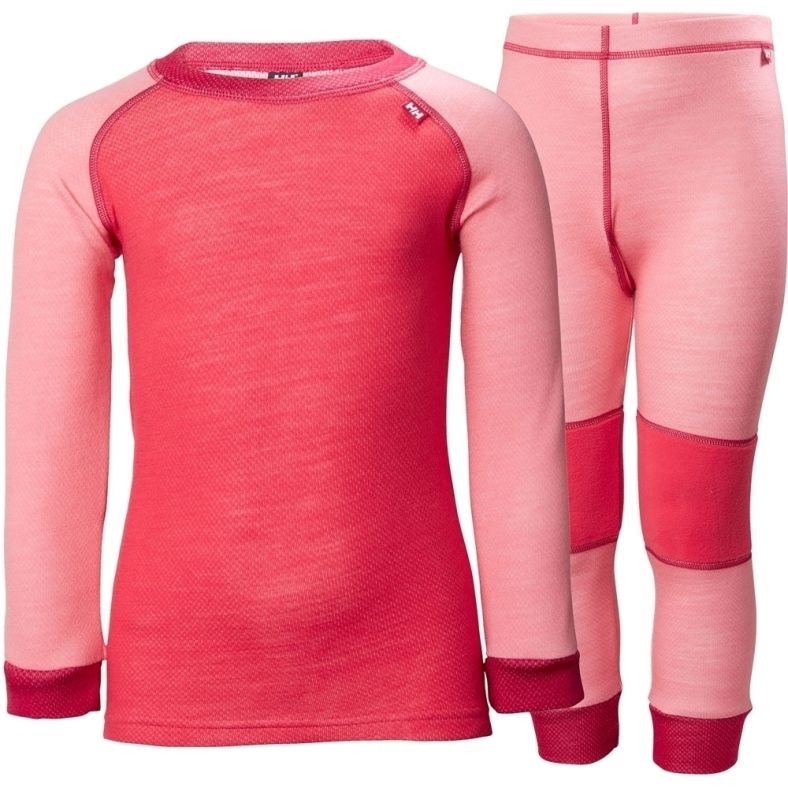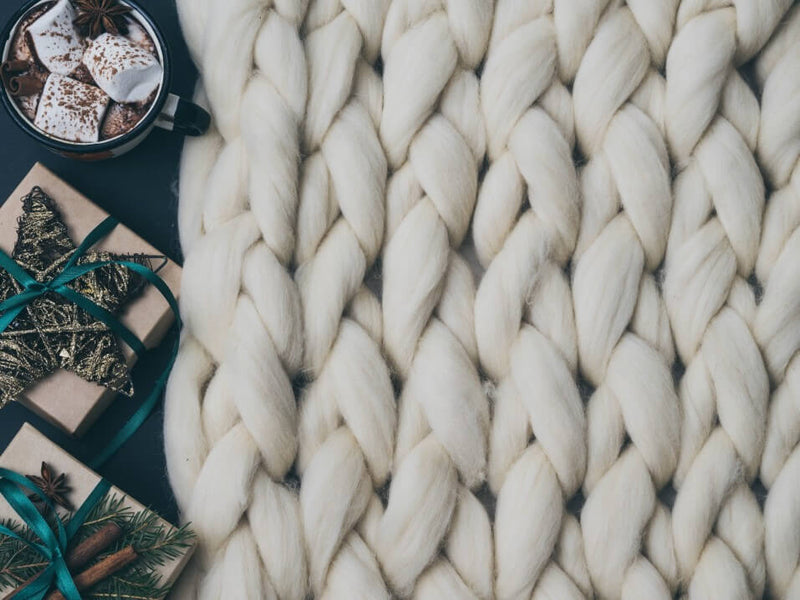Cool Bamboo Clothing Blog
Wiki Article
What Are The Advantages Of Base Layers Made From Yak For Winter Sports Clothes?
The natural fibers as well as the environmental sustainable nature of Yak Merino Wool Base Layers makes them a great option for winter sports clothes.
Yak and Merino Wool are both naturally-derived fibers that are made from animal. These are renewable resources that are harvested sustainably without hurting animals. They are biodegradable materials, meaning that they degrade naturally and do not harm the environment.
Environmental impact is minimal
Natural fibers are typically less damaging to the environment than synthetic materials. The process of harvesting and cultivating wool is less involving chemicals and less non-renewable materials compared with synthetic fibers.
Energy Efficiency
Wool fibers require less energy to process than synthetic fibers like nylon or polyester. Natural wool production is energy efficient and results in a lower carbon footprint.
Reduced Microplastic Pollution-
Contrary to synthetic fibers that release microplastics when washed, natural wool fibers don't contribute to microplastic pollution in water bodies.
Recyclability and durability
Yak Merino Wool clothes tend to be durable and long lasting, which increases their lifespan. Wool fibers are also repurposed or recycled, which reduces consumption.
Sustainability Practices
Certain wool producers and manufacturers follow ethical and sustainable practices, which ensure the welfare of animals, responsible land management, and fair conditions for the workers in the production chain.
Environmental Certification-
Certifications like the Responsible Wool Standard (RWS) or the Global Organic Textile Standard (GOTS) confirm ethically and environmentally conscious methods of production of wool giving consumers confidence of sustainability.
In general yak Merino wool base layers support environmental sustainability since they are constructed from natural fibers, have minimal environmental impact, and incorporate ethical and sustainable practices into the supply chain. Natural fibers, like yak wool merino, are a great option for winter sports clothing that supports responsible consumption and sustainable practices. Have a look at the top rated merino wool base layers tips for website recommendations including 400g merino wool base layer, wool layers, wicked wool base layer, merino wool ski base layer, wool base layer womens, merino wool thermals women's, ski base layer womens, merino wool base layer pant, wool thermals mens, wool thermal base layer and more.

What Are The Advantages To Bamboo Clothing In Terms Of The Softness, Antibacterial Properties Durability, And Renewable?
Bamboo clothing offers many benefits in terms of softness and durability.
Bamboo fabric is known for its silky texture and luxurious feel. It's often compared to silk, or other luxury materials such as cashmere. It feels soft and smooth against the skin. It is a comfortable and relaxing fabric to wear.
Antibacterial Properties
Bamboo is a natural material with antimicrobial properties. Bamboo contains an antimicrobial substance called "bamboo Kun." This property assists in preventing the growth of bacteria that cause odor, fungi and mold on the bamboo.
Durability-
Strength - Despite bamboo's softness it is able to be durable and long lasting. Bamboo clothing is durable and can be utilized to perform a range of tasks.
Renewability-
Rapid Growth Bamboo is a renewable resource that can grow quickly without the need for pesticides. It can reach maturity within a few years, making it available for sustainable harvesting and lessening the environmental impact of cultivation.
Sustainability-
Sustainable Producing- Bamboo cultivation and processing has typically a smaller environmental impact than the manufacturing of synthetic materials. Bamboo is sustainable due to its rapid growth rate, the fact that it requires less water and it can be grown in a variety of climates.
Biodegradability-
Natural breakdown - Bamboo clothing can be biodegradable. This means that they will degrade themselves naturally at the completion of their lifespan. This reduces the amount of non-biodegradable waste in landfills. It also minimizes pollution.
Hypoallergenic Qualities
Bamboo fabric has a lower chance of causing skin irritations or allergic reactions than other synthetic fabrics, which makes it an ideal option for those with sensitive skin.
Bamboo clothing comes with many attractive characteristics, such as softness, antibacterial property, durability and renewability, sustainability and comfort. These characteristics provide a satisfying wear experience and go along with eco-conscious practices. Take a look at the top bamboo clothing for website advice including carter's bamboo pajamas, bamboo ave shorts, bamboo fiber t shirt, bamboo t shirts mens, bamboo hawaiian shirts, bamboo sun shirt, bamboo sweatpants, bamboo shirts wholesale, short sleeve bamboo pajamas, yala pajamas and more.

How Does Merino And Bamboo Clothing Compare To Wool With Regard To Texture, Warmth And Moisture Absorption?
Texture is the most important aspect to take into account when comparing the merino garments to traditional bamboo clothing and wool.
Merino Wool Merino Wool has smaller fibers, and is more supple than wool that is more traditional. It's considered more comfortable.
Bamboo ClothingBamboo fabric is silky and smooth and is often compared to luxury materials like silk or cashmere. It has a soft and gentle texture that provides an enjoyable wearing experience.
Traditional Wool The texture of traditional wool could be different. Some varieties are more coarse, and may cause more itching than bamboo clothing or merino clothing.
Warmth-
Merino Wool Merino wool provides excellent warmth because of its insulation capabilities. It keeps heat even when damp and provides effective insulation during colder weather.
Bamboo Clothing offers warmth, but it does not provide as much insulation as wool. But, it manages body temperature, which provides comfort in various conditions.
Traditional Wool- Similar to wool from sheep that is merino wool traditionally provides warmth and insulation. The traditional wool can be more heavy than bamboo or merino clothing.
Moisture Absorption-
Merino WoolMerino Wool Merino wool has exceptional water-wicking properties that pull moisture away from skin and let it evaporate. It remains warm even when it is damp.
Bamboo Fabric Bamboo has moisture wicking abilities, which means it can draw moisture away and offer comfort during physical activity. Bamboo clothing regulates moisture and helps keep wearers dry.
Traditional Wool: Although wool absorbs moisture however, it does not have the same moisture-wicking property like bamboo and merino fabrics. When wet, certain kinds of wool may feel heavy and damp.
Merino wool is renowned for its warmth, softness and moisture-wicking abilities. Bamboo clothing provides a silky and smooth texture, sufficient warmth, and good moisture regulation. Traditional wool may vary in texture and may provide warmth and moisture absorption but might feel coarser or heavier in comparison to merino or bamboo clothing. Each fabric has distinct characteristics that are tailored to meet the needs of different people and tastes. See the best for beginners about merino winter clothing for blog recommendations including merino wool long underwear mens, first lite merino wool base layer, best layers for skiing, wool layers, icebreaker merino wool base layer, wool undershirts, ski thermal underwear, warmest base layer for skiing, men's wool leggings, ski base layer mens and more.
